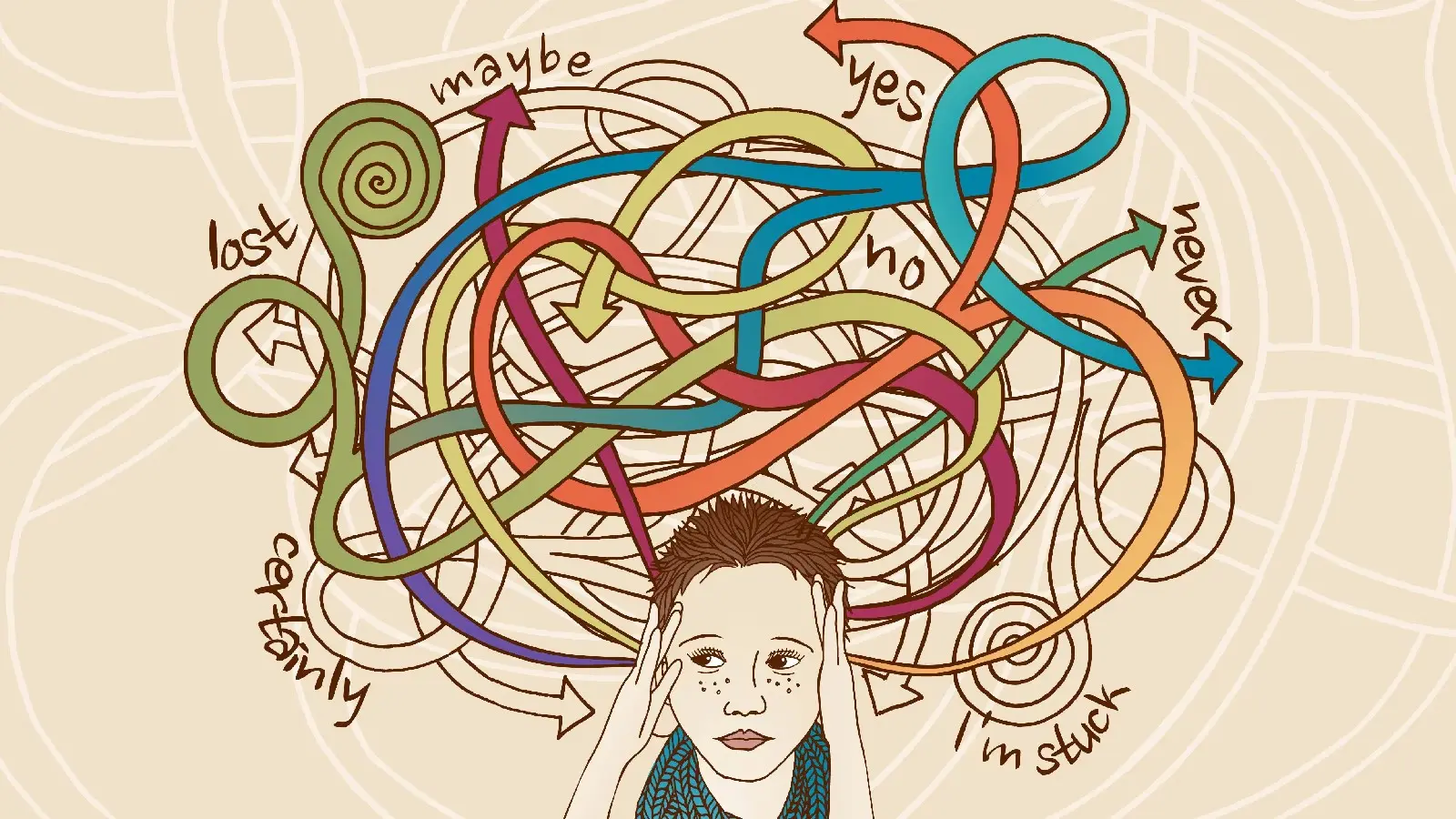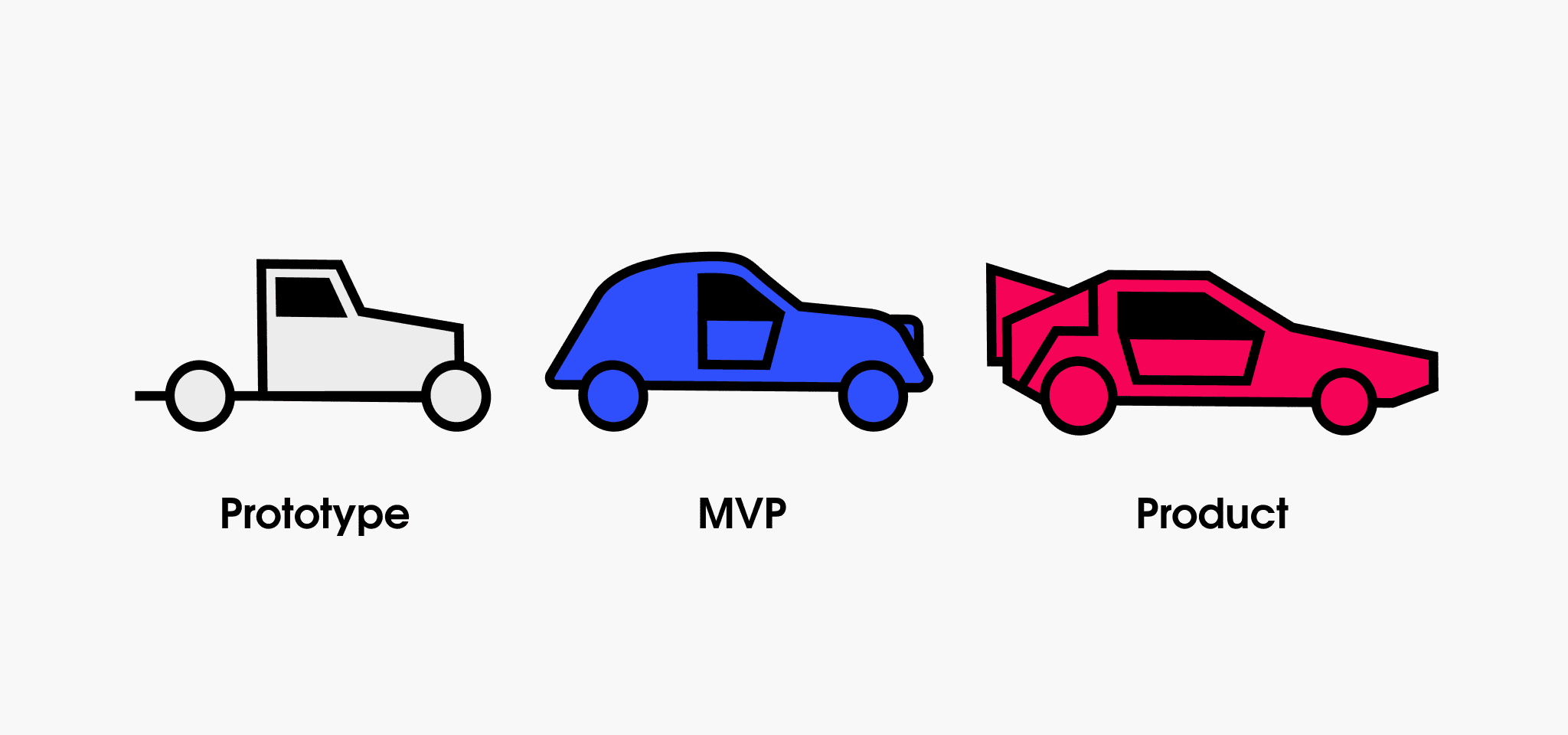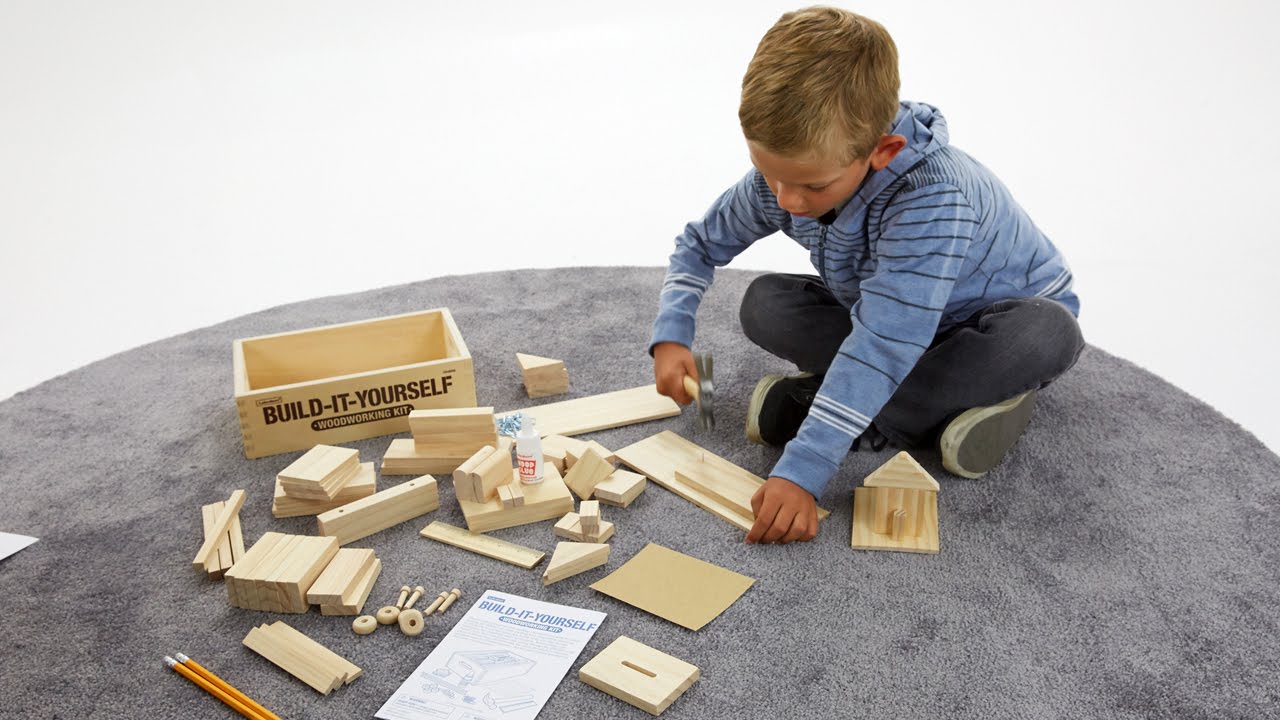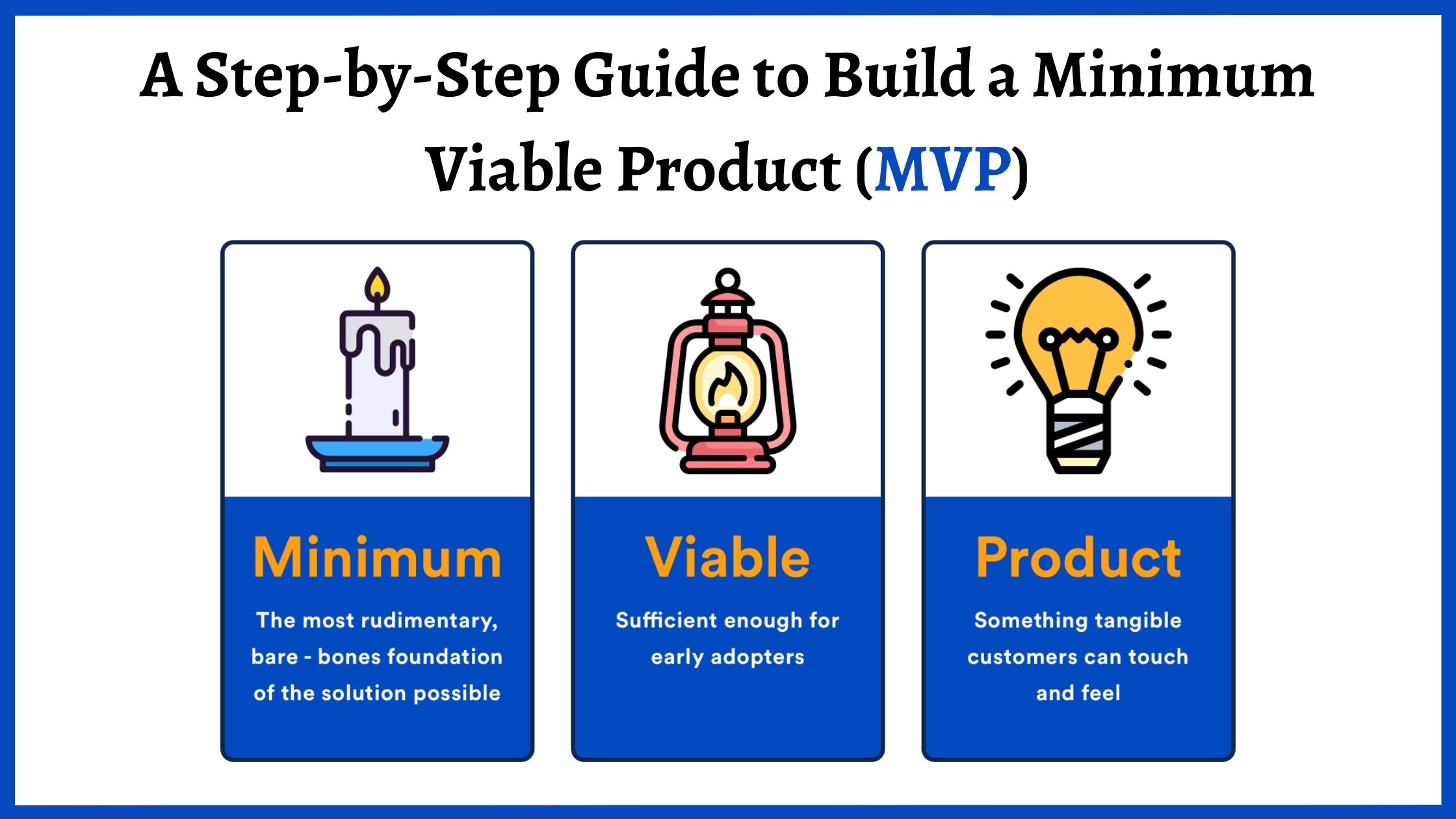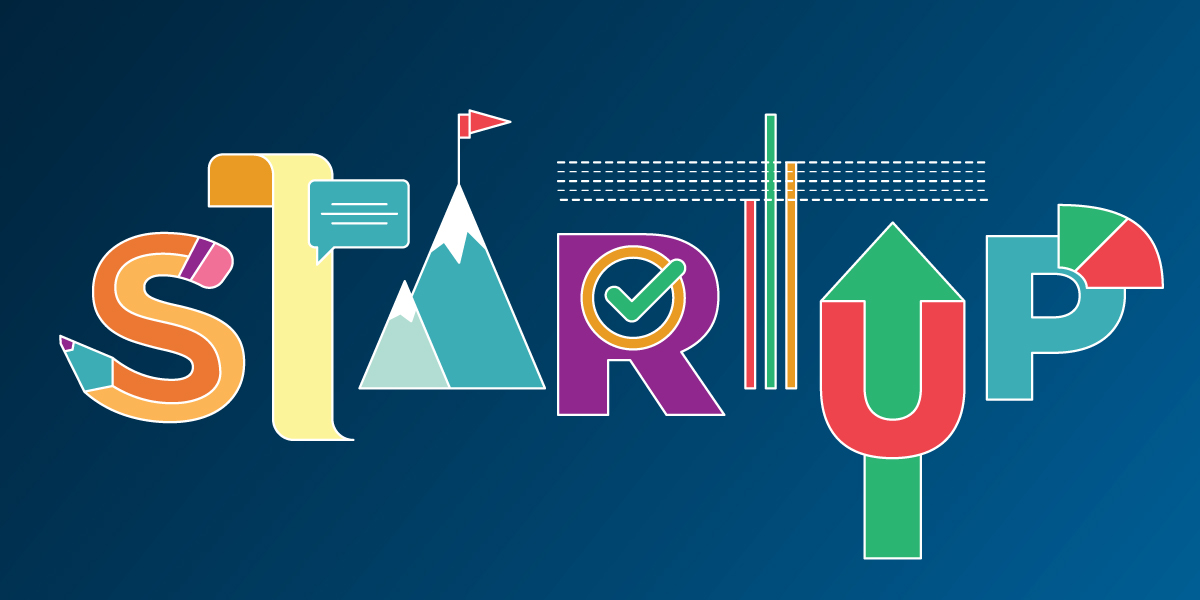MVP Success Stories: How Today's Tech Giants Started with Basic Products
Discover how successful startups like Airbnb, Dropbox, and Spotify launched with bare-bones MVPs. Learn practical lessons from their journeys and apply their strategies to your startup

Introduction: The Power of Starting Small
Think your MVP needs to be perfect? Think again! Some of the world's most valuable companies started with products so basic, you'd hardly recognize them. In this deep dive, we'll explore fascinating MVP success stories that prove it's not about how you start - it's about how quickly you learn and adapt.
Airbnb's Air Mattress Revolution
The $31 Billion Company That Started With Three Air Mattresses
Back in 2007, two broke designers couldn't afford their San Francisco rent. Their solution? Renting out air mattresses in their living room. Today, we know this as Airbnb, but their first MVP was mind-blowingly simple.
Key Elements of Airbnb's Initial MVP:
- Basic website with photos
- Simple payment system
- Email-based communication
- Zero amenities beyond air mattresses
Early Challenges and Solutions
The founders faced numerous hurdles:
- Trust issues between strangers
- Payment security concerns
- Property damage risks
Their solution? Start small, stay local, and be the first users themselves.
Dropbox's Game-Changing Video MVP
How a Simple Video Validated a Billion-Dollar Idea
Drew Houston did something unprecedented - he launched Dropbox with just a video demonstration. Why? Because building the actual product would take months, but he needed to validate the idea immediately.
The Video MVP Strategy:
- 3-minute demonstration
- Beta waiting list
- Clear value proposition
- No actual product required
This approach generated 70,000 email signups overnight!
Spotify's Hidden MVP Origins
From MP3 Player to Streaming Giant
Spotify's first version wasn't even a streaming service - it was a clunky desktop app that could only play local files. The founders used this to test:
- User interface preferences
- Music organization features
- Listening patterns
- Technical capabilities
Instagram's Pivot to Success
From Burbn to Billion-Dollar Photo App
Did you know Instagram started as a check-in app? The founders noticed users only cared about one feature - photo sharing. Here's how they pivoted:
- Stripped away all other features
- Focused solely on photo sharing
- Added basic filters
- Simplified the interface
Buffer's Transparent MVP Launch
Testing Market Demand Without Writing Code
Buffer's founder Joel Gascoigne tested his idea with a two-page website:
- Page 1: Product landing page
- Page 2: Pricing plans
- No actual product
- Email collection form
This minimal approach validated the business model before writing a single line of code.
The Amazon Story: Books First
How Bezos Built an Empire from a Simple Bookstore
Amazon's MVP strategy teaches us valuable lessons:
- Start with a single, well-defined market
- Perfect your operations in that space
- Expand methodically
- Never lose sight of customer experience
Twitter's Internal MVP Evolution
From Twttr to Global Communication Platform
Twitter's first version, called "twttr," was just for internal use at Odeo. Key learning points:
- SMS-based updates
- 140-character limit (technical constraint)
- Basic following mechanism
- No hashtags or @mentions
Zappos: The Wizard of Oz MVP
Testing a Business Model with Zero Inventory
Nick Swinmurn's brilliant MVP for Zappos:
- Take photos of shoes in local stores
- Post them online
- Buy shoes only after customers ordered
- Ship directly to customers
Facebook's College-Only Launch
The Power of Limited Market Testing
Facebook's MVP success factors:
- Exclusive to Harvard students
- Basic profile features
- Photo sharing
- Friend connections
Slack's Gaming Company Origins
From Failed Game to Essential Work Tool
Slack began as an internal communication tool for a gaming company. Their MVP approach:
- Solve their own problem first
- Test with friendly companies
- Iterate based on real usage
- Focus on integration capabilities
The MVP Patterns That Emerge
Common Threads in Success Stories
Looking at these cases, we see recurring patterns:
- Start with a single core feature
- Focus on a specific user group
- Embrace technical constraints
- Use existing tools creatively
Modern MVP Success Stories
Today's Startups Following the Path
Recent examples showing these principles still work:
- Notion's all-in-one workspace
- Clubhouse's invitation-only launch
- Discord's gaming community focus
Technical Implementation Lessons
Building Smart MVPs Today
Modern MVP development tools:
| Tool Type | Example | Best For |
|---|---|---|
| No-Code | Bubble | Quick prototypes |
| Low-Code | Webflow | Web applications |
| Full-Code | React/Node | Custom solutions |
FAQs About MVP Success Stories
Q: How much did these successful MVPs cost to build? A: Most cost less than $20,000, with some as low as $1,000-$5,000.
Q: How long did it take to launch these MVPs? A: Typically 2-3 months from concept to first user test.
Q: Did these companies have funding for their MVPs? A: Most used personal savings or small angel investments under $50,000.
Q: How did they acquire their first users? A: Usually through personal networks and targeted community outreach.
Q: What was the typical team size? A: Most started with 2-3 core team members.
Q: How long before they achieved product-market fit? A: Usually 6-18 months of iteration after initial MVP launch.
Key Takeaways from Success Stories
Actionable Lessons for Your Startup
-
Start Smaller Than You Think
- Your first version should make you uncomfortable
- Focus on core value proposition only
- Accept technical limitations
-
Test Critical Assumptions
- Market need
- User behavior
- Business model
- Technical feasibility
-
Iterate Based on Data
- Track key metrics
- Listen to user feedback
- Adapt quickly
- Stay focused on core value
Conclusion
These success stories reveal a crucial truth: your MVP doesn't need to be perfect, but it needs to solve a real problem effectively. The companies we've studied didn't succeed because their initial products were amazing - they succeeded because they started small, learned quickly, and adapted intelligently.
Remember, every tech giant started as a tiny experiment. Your MVP might look basic today, but with the right approach to learning and iteration, it could be tomorrow's success story.
Ready to build your MVP? Start smaller than you think, focus on solving one problem well, and let your users guide your evolution. The next success story could be yours!
